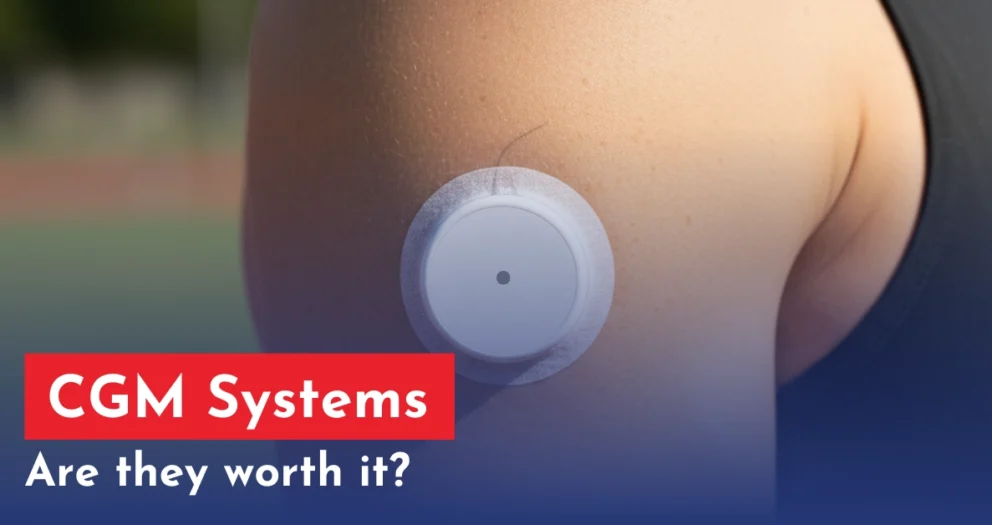Table of content
Life with Type 1 diabetes (T1D) includes a daily assurance to handle blood sugar levels through insulin therapy. For many, this means many daily injections to make glucose levels constant. However, progressions in medical technology have presented a game-changing device known as the insulin pump. If you or a loved one are navigating life with T1D, knowing how an insulin pump works and its benefits could significantly affect your daily management.
What is an Insulin Pump?
An insulin pump for type 1 diabetes is a tiny, battery-operated device that carries a constant supply of insulin during the day. It exchanges the requirement for multiple daily injections by continuously providing basal (background) insulin and letting the user manage extra insulin (bolus) as desirable, mainly before meals or to correct high blood sugar levels.
How Does It Work?
Constant Insulin Delivery:
The insulin pump for type 1 diabetes is linked to the body via a small tube (cannula) injected under the skin. It transports rapid-acting insulin (such as Humalog or Novolog) continuously at a programmed basal rate. This imitates the function of a healthy pancreas.
Bolus Dosing:
Users can analyze and administer extra insulin pump for type 1 diabetes doses (boluses) directly through the pump, created on factors like carbohydrate ingestion and current blood sugar levels.
Customizable Settings:
Insulin pump for type 1 diabetes settings can be attuned by the user or healthcare provider to accommodate differences in daily activities, exercise, and other factors inducing insulin supplies.
Benefits of Using an insulin pump for type 1 diabetes
Improved Blood Sugar Control:
The constant delivery of insulin assistances to better mimic the body’s natural insulin secretion pattern, possibly leading to better A1C levels (a measure of average blood sugar over time).
Flexibility:
Users have the choice to regulate insulin doses more exactly, which is mainly helpful for managing unpredictable schedules, exercise, and variations in diet.
Fewer Injections :
Instead of frequent regular injections, users are only required to alter the infusion set (cannula) every few days, reducing the uneasiness and inconvenience of frequent injections.
Enhanced Quality of Life:
Numerous users report feeling less burdened by their diabetes management, as the pump simplifies the procedure of insulin administration.
Considerations Before Starting
Education and Training:
Proper training and education from a healthcare team are essential to effectively use an insulin pump for type 1 diabetes. This includes learning how to calculate insulin doses, manage pump settings, and troubleshoot common issues.
Cost and Insurance Coverage:
Insulin pump for type 1 diabetes can be expensive, and coverage varies depending on insurance plans. It’s important to explore financial assistance options and discuss coverage with your healthcare provider.
Continuous Glucose Monitoring (CGM):
Some insulin pump for type 1 diabetes integrate with CGM systems, providing real-time glucose readings and allowing for more precise insulin adjustments.
Conclusion
For many individuals with Type 1 diabetes, an insulin pump represents a significant advancement in diabetes management technology. You can get an insulin pump for type 1 diabetes from our website Insulin Pumps Supplies & Devices for Diabetes | CGM Monitors at reasonable prices. By providing continuous insulin delivery and flexibility in dosing, it offers improved blood sugar control and enhances overall quality of life. If you’re considering an insulin pump for type 1 diabetes, talk to your healthcare provider to determine if it’s the right choice for you. With proper education and support, this device can empower you to manage your diabetes better and live a healthier, more fulfilling life.







Write a comment
Your email address will not be published. All fields are required